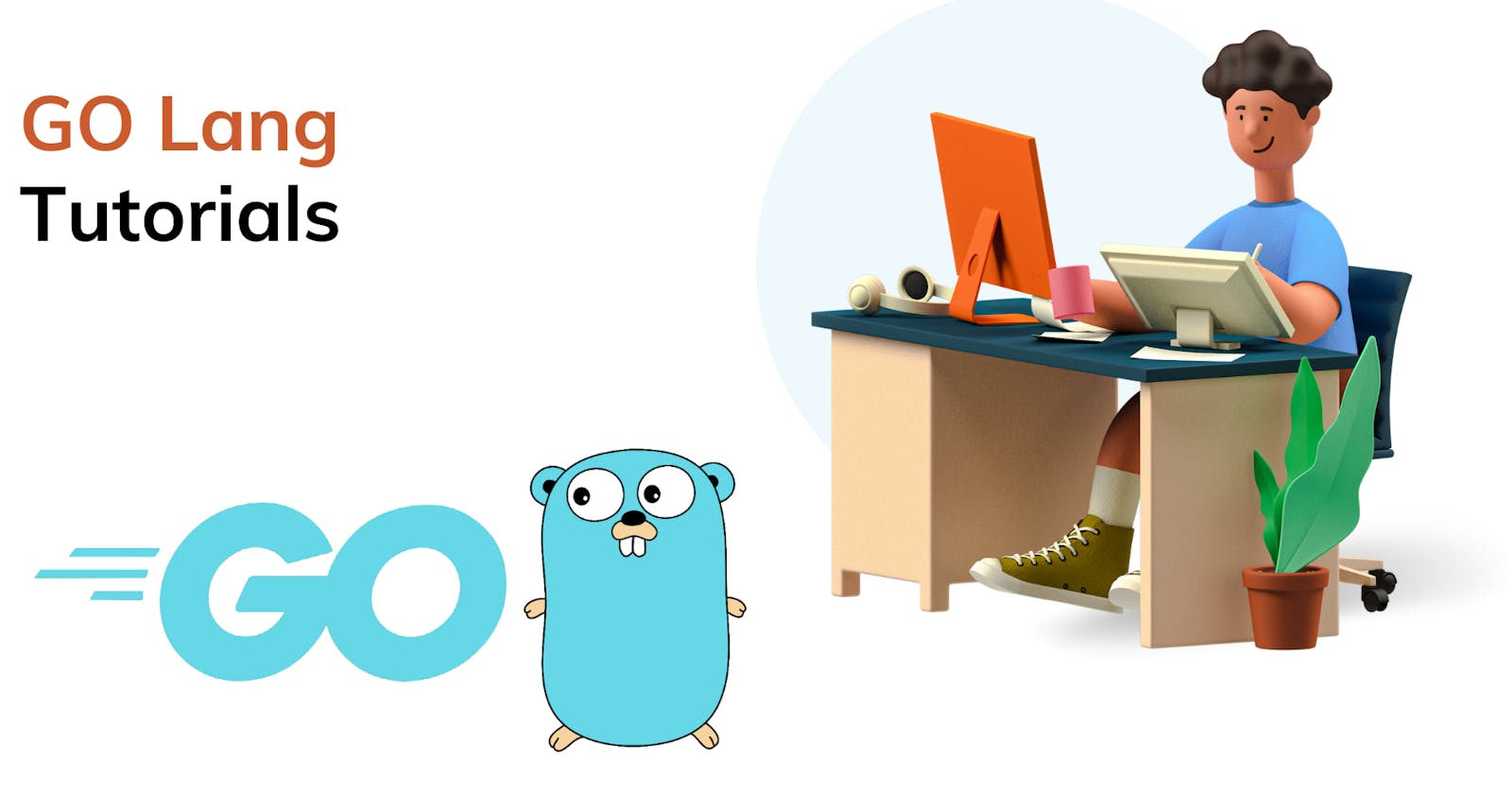Establishing many-to-many relationships between entities is crucial for modeling complex data structures where multiple records from one table are related to multiple records in another table. GORM, the versatile Object Relational Mapping library for Go, offers robust functionalities to define and manage many-to-many relationships seamlessly within your applications. Let's embark on a comprehensive exploration of many-to-many relationships using GORM, empowering you to efficiently model and interact with related data in your Go applications.
Understanding Many-to-Many Relationships
In a many-to-many relationship, multiple records in one table can be associated with multiple records in another table. This type of relationship is prevalent in scenarios like users having multiple roles or courses being taken by multiple students.
Defining Many-to-Many Relationships in GORM
Model Definition
Consider a scenario where Users can have multiple Roles:
package models
import "github.com/go-gorm/gorm"
type User struct {
gorm.Model
Name string
Roles []Role `gorm:"many2many:user_roles;"`
}
type Role struct {
gorm.Model
Name string
Users []User `gorm:"many2many:user_roles;"`
}
Here, the User struct contains a slice of Roles and vice versa, establishing the many-to-many relationship.
GORM Tags for Many-to-Many Relationships
Utilize GORM's tags to define many-to-many relationships:
type User struct {
gorm.Model
Name string
Roles []Role `gorm:"many2many:user_roles;"`
}
type Role struct {
gorm.Model
Name string
Users []User `gorm:"many2many:user_roles;"`
}
The many2many tag specifies the intermediate table name (user_roles) that manages the relationship between User and Role tables.
Managing Many-to-Many Relationships
Creating Records
user := models.User{
Name: "Alice",
Roles: []models.Role{
{Name: "Admin"},
{Name: "Editor"},
},
}
db.Create(&user)
Creating a User record along with multiple associated Roles will automatically establish the many-to-many relationship.
Retrieving Records
var user models.User
db.Preload("Roles").First(&user, 1)
Using Preload fetches a User record along with its associated Roles, facilitating efficient retrieval of related data.
Updating and Deleting Records
var user models.User
db.Preload("Roles").First(&user, 1)
// Update roles or add new roles
user.Roles[0].Name = "SuperAdmin"
user.Roles = append(user.Roles, models.Role{Name: "Moderator"})
db.Save(&user) // Saves changes to roles
db.Delete(&user) // Deleting a user deletes associated roles due to many-to-many relationship
Conclusion
Congratulations! You've explored the concepts and implementation of many-to-many relationships using GORM in Go. Leveraging GORM's powerful features, you can seamlessly establish and manage many-to-many associations, enabling efficient modeling and retrieval of related data within your applications.
Mastering many-to-many relationships empowers you to design comprehensive and interconnected data models, facilitating streamlined interactions and ensuring data integrity across related entities in your Go applications.
I hope this helps, you!!
More such articles:
https://www.youtube.com/@maheshwarligade

